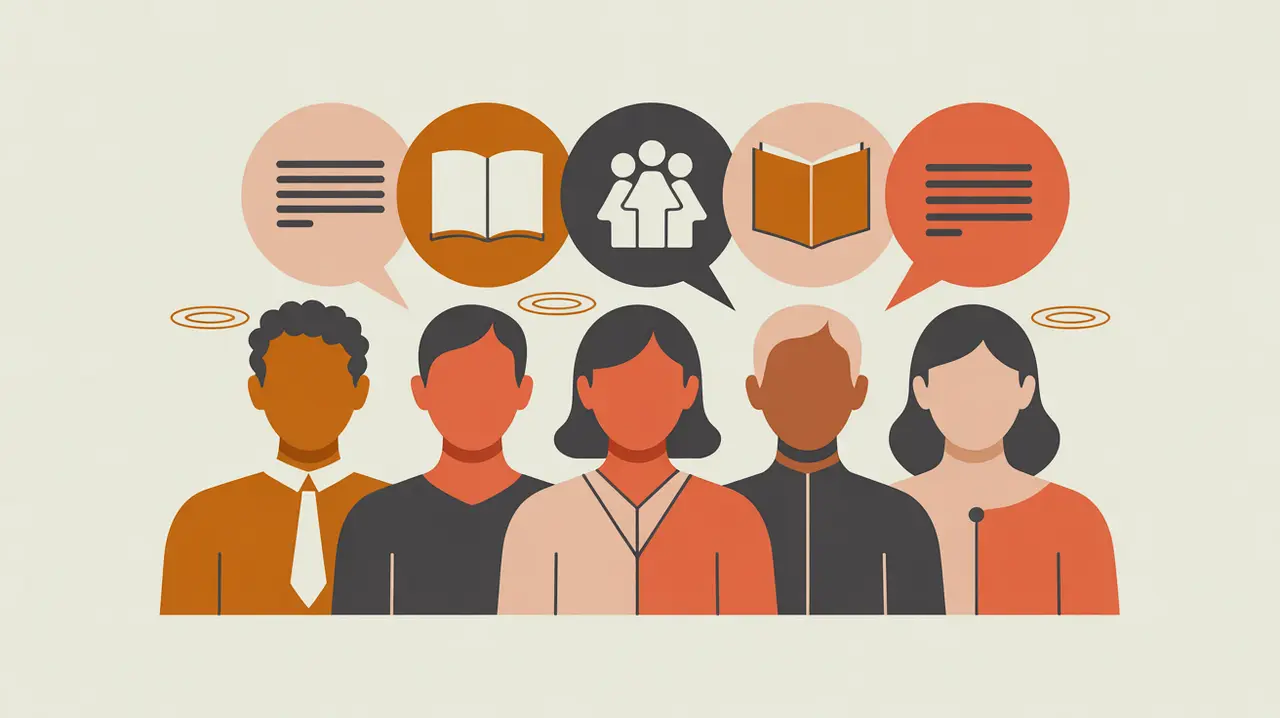Importance of Shared (Lived) Experience
Shared lived experience brings authenticity, trust, and insight into social change efforts by centering the perspectives of those directly affected by an issue. It emphasizes that people with firsthand knowledge of challenges often hold the most practical and contextually relevant solutions. For nonprofits, philanthropy, and development agencies, valuing shared experience ensures that interventions are not only well-intentioned but also grounded in reality and shaped by those closest to the problem.
Definition and Features
Shared lived experience refers to the common understanding and insight that arises from personally encountering similar challenges, conditions, or contexts. Its defining features include:
- Authenticity – knowledge rooted in real-life experience rather than abstraction.
- Collective Understanding – shared by groups or communities facing similar conditions.
- Trust Building – strengthens credibility and connection between leaders and communities.
- Agency – positions lived experience as expertise, not anecdote.
- Equity Orientation – challenges power imbalances by elevating proximate voices.
How this Works in Practice
In practice, organizations increasingly recruit leaders, advisors, or staff with lived experience of the issues they address, such as homelessness, migration, or chronic illness. Peer-to-peer programs in health, mentoring for formerly incarcerated individuals, and survivor-led advocacy in gender-based violence all rely on the power of shared experience. Development funders are also experimenting with participatory grantmaking, where people with lived experience help set funding priorities. Obstacles include tokenism, under-compensation, and insufficient structures to support leadership rooted in lived experience.
Implications for Social Innovation
Shared lived experience is a catalyst for more inclusive and effective innovation. It shifts the narrative from designing for communities to designing with them, ensuring that solutions reflect real needs and aspirations. Social innovations that embed proximate leadership and participatory practices are more likely to build legitimacy, foster trust, and achieve systemic impact. Recognizing shared lived experience also rebalances expertise, valuing wisdom from proximity alongside technical or academic knowledge.







